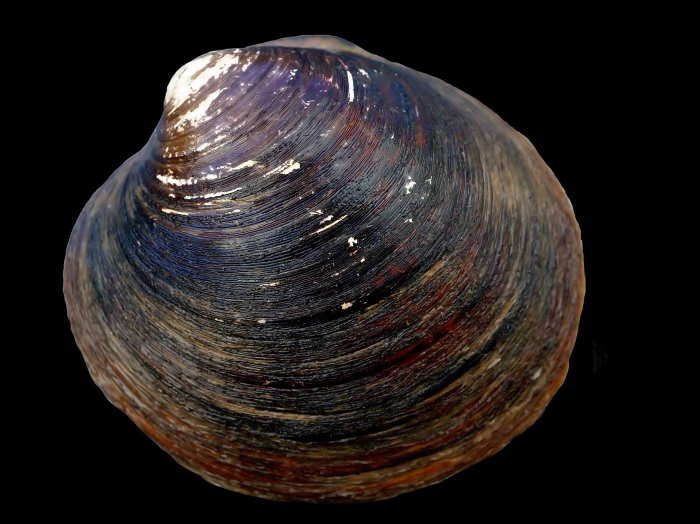Hello!
There's been a bit of a break since the
last entry; following the departure of Ulric, Hayley and Ana, Endeavour has laid up in Lowestoft for two days for crew change,
taking on supplies and preparing for the next phase of the survey.
Over the next two weeks the plan is to collect
data to on the range and extent of broad scale habitats in the
recommended North Sea MCZ’s, namely Compass Rose, Rock Unique and
Farnes East.
With a a fresh crew on board we headed
off on a foggy Friday afternoon to our first site, Compass Rose. The
weather was kind to us in the first 24 hours however the winds and
swell soon picked up.
 |
| Leaving Lowestoft through the bridge |
 |
| Looking back on Lowestoft |
There are many general procedures in
place to keep the crew safe, everyone has to wear a hard hat and
steel toe cap boots or wellies while on desk for instance. There are
special cases where additional measures are needed, for instance when
we are working with an openings in the stern (back) and side of the
ship (these are typically kept closed unless needed for the
deployment of the camera sled).
When the side or stern door is open we
have to wear a life jackets and personal location beacons. Should the
wearer fall over board, the beacons automatically set off an alarm on
the bridge, the system also indicates where the ‘man-over-board’
is relative to the ship, this aids search and rescue efforts.
 |
| Personal Beacon |
 |
| Working on the edge! |
We have various other tricks and
techniques for making the best of bad weather; one simple procedure
is to ‘knuckle down’ the cranes used for lifting equipment over
the side so that the crane head is much closer to the deck, with less
cable out the equipment can’t swing about as much.
 |
| Crane 'Knuckled Down' |
When the weather is too bad to operate
our sampling gear we can sometimes still operate our multibeam,
however this too is affected by the weather, as the ship rock and
rolls it increases the errors in our data.
Sunday night through Monday we worked
through Force 8 gales and rough seas, head way was slow against the
winds and data quality was poor. Typically when collecting multibeam
data we travel up and down the area of interest like you would if you
were mowing a lawn, however we found we were able to get adequate
data when running in one direction with the winds, so for each
zig-zap across the site we were only collecting half the usual amount
of data; we'll something is better that nothing in these situations!
 |
| Force 8 Gales |
We have finished our last video sled
run tonight, so with only a few lines of multibeam to collect at the
Compass Rose site, we'll soon be heading north to an interesting
'Chalk Reef' on our way to Rock Unique, but more on that tomorrow...


.jpg)











